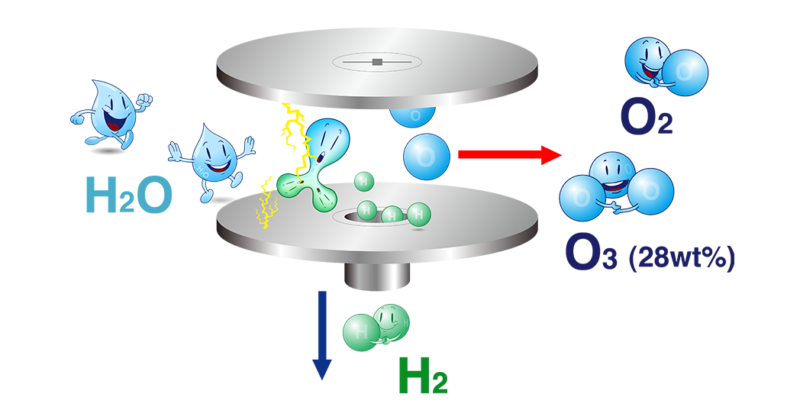
Ozone Sanitation
Ozone sanitation is a powerful and environmentally friendly method of disinfection that utilizes ozone gas (O3) to eliminate bacteria, viruses, mold, and other pathogens from various environments. Ozone is a naturally occurring molecule composed of three oxygen atoms, and it is known for its strong oxidative properties. When ozone gas is introduced into a contaminated area, it reacts with and breaks down the cellular walls of microorganisms, effectively killing them. This process is highly effective because ozone is a much stronger oxidant compared to traditional disinfectants like chlorine, enabling it to neutralize a wide range of pathogens quickly and efficiently.
One of the key advantages of ozone sanitation is its ability to penetrate and disinfect hard-to-reach areas that might be missed by conventional cleaning methods. Since ozone is a gas, it can easily diffuse into cracks, crevices, and other inaccessible spaces, ensuring thorough disinfection. This makes it particularly useful in settings such as hospitals, food processing plants, and residential homes where complete sanitation is crucial. Additionally, ozone leaves no harmful residues, as it naturally reverts to oxygen (O2) after a short period, making it safe for use in environments where chemical residues could pose a health risk.
Moreover, ozone sanitation is an eco-friendly alternative to chemical disinfectants. Traditional cleaning agents often contain harmful chemicals that can have adverse effects on both human health and the environment. In contrast, ozone is produced on-site using ozone generators, eliminating the need for hazardous chemicals and reducing the carbon footprint associated with transportation and disposal of chemical disinfectants. The use of ozone also helps to reduce the risk of antimicrobial resistance, as it does not rely on conventional antibiotics or biocides. Overall, ozone sanitation offers a highly effective, safe, and sustainable solution for maintaining hygiene and preventing the spread of infectious diseases.
600 Cleveland Street
suite 374

